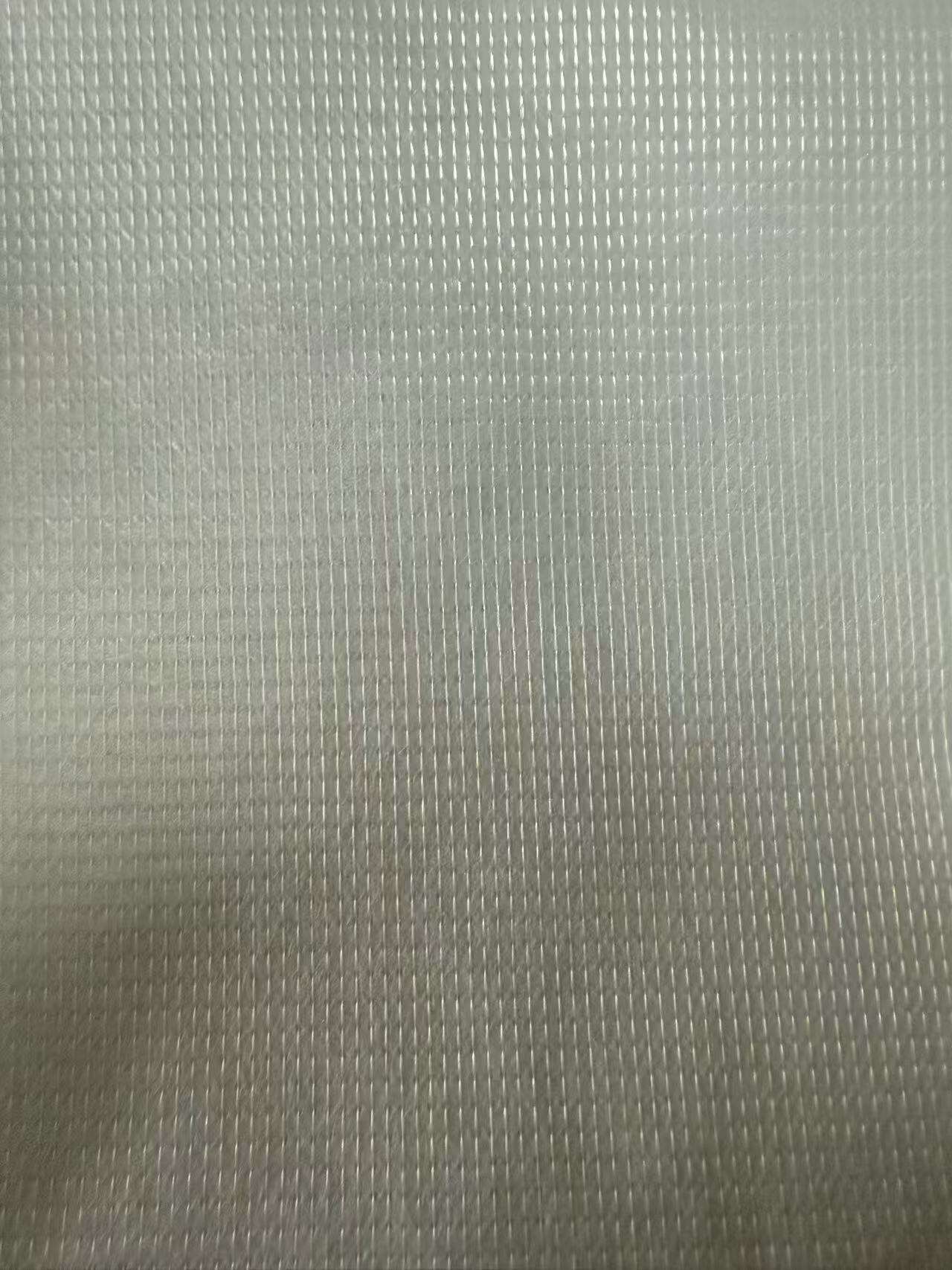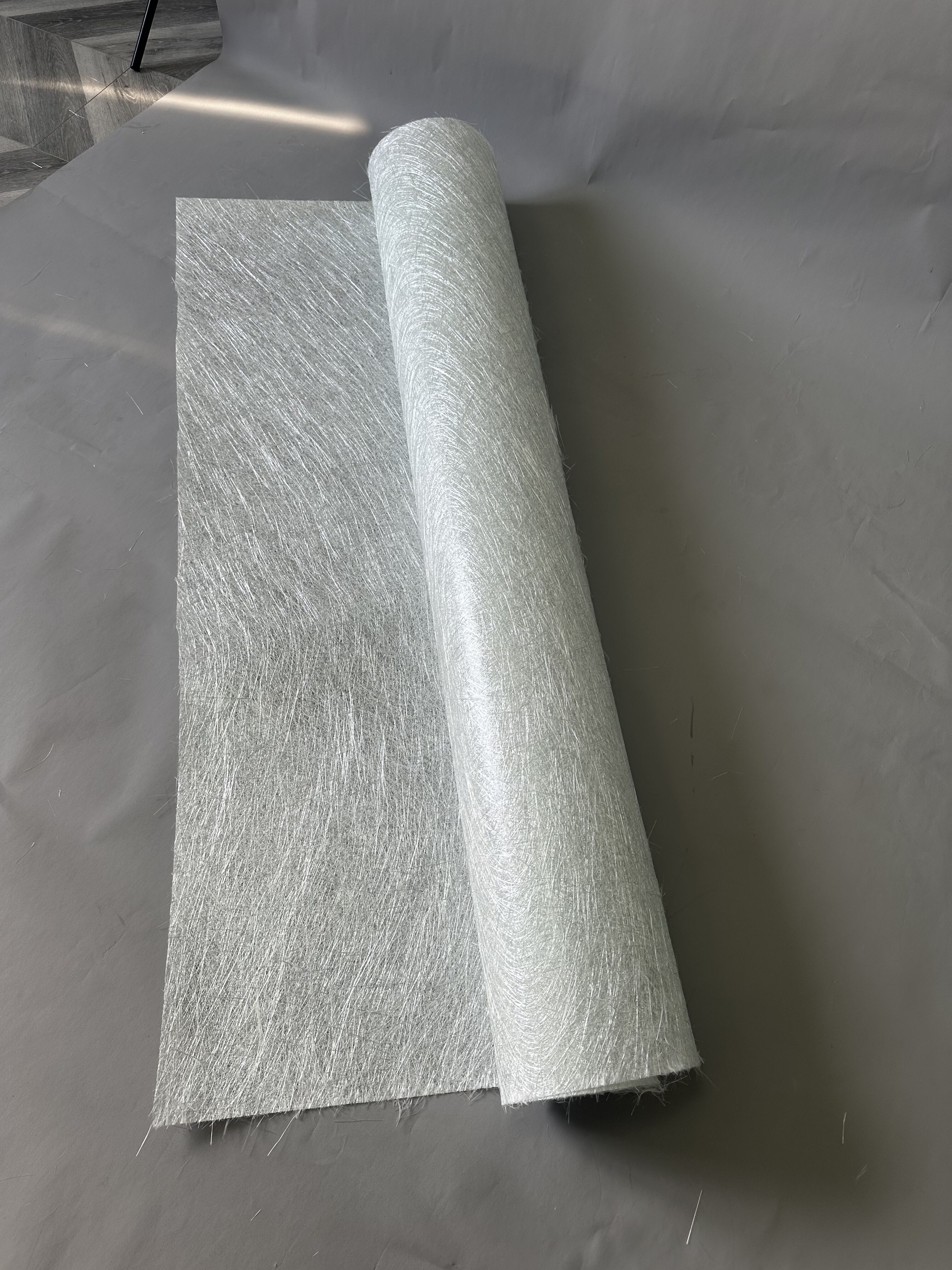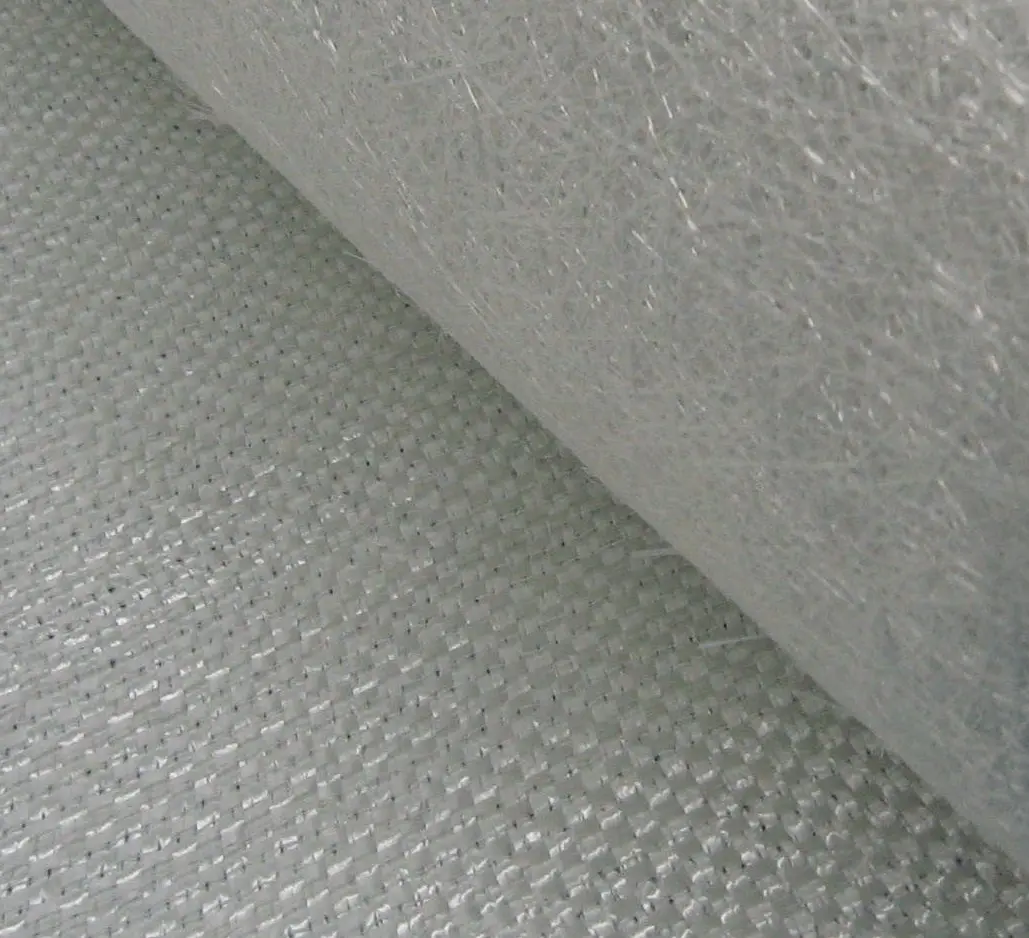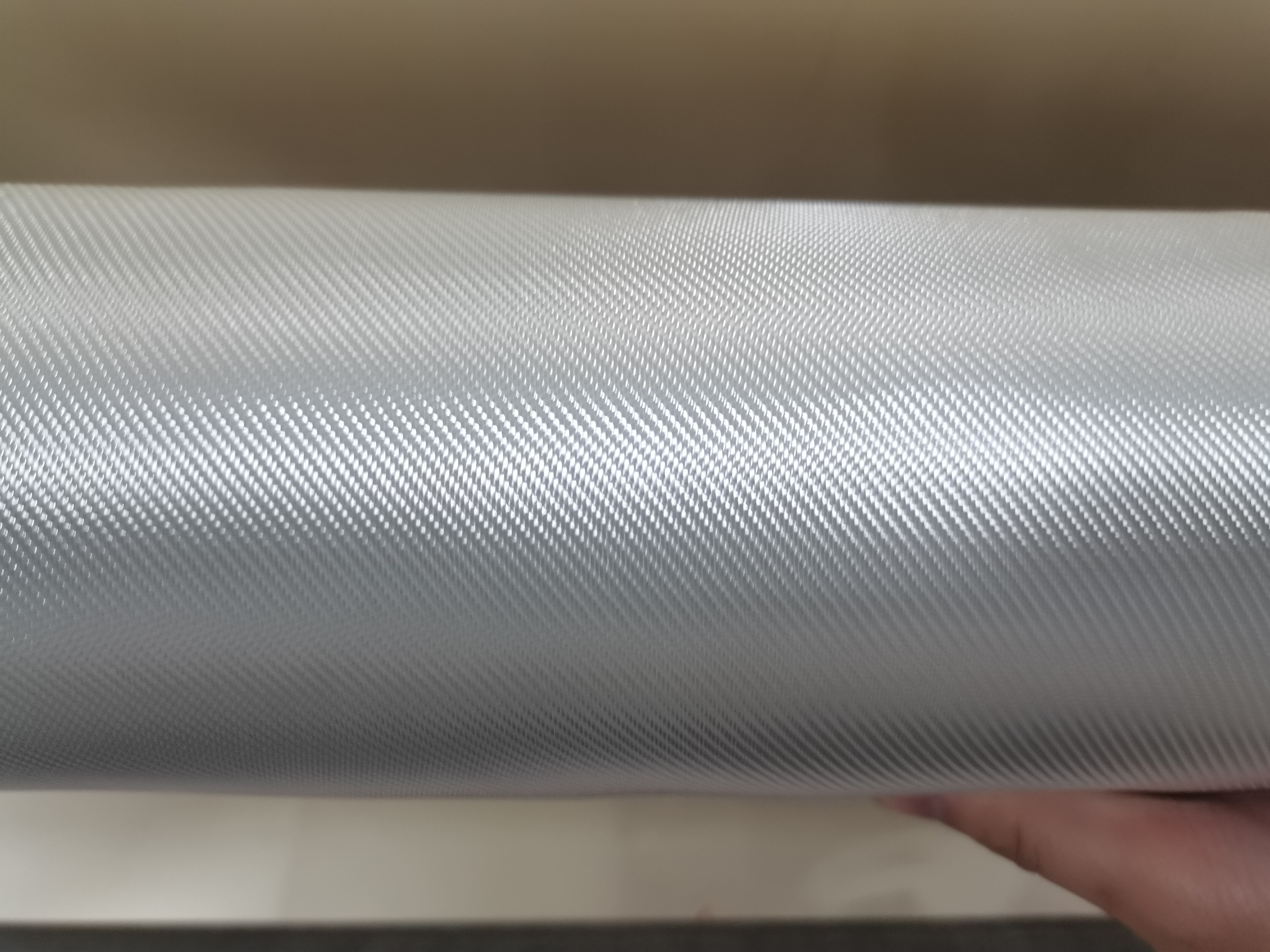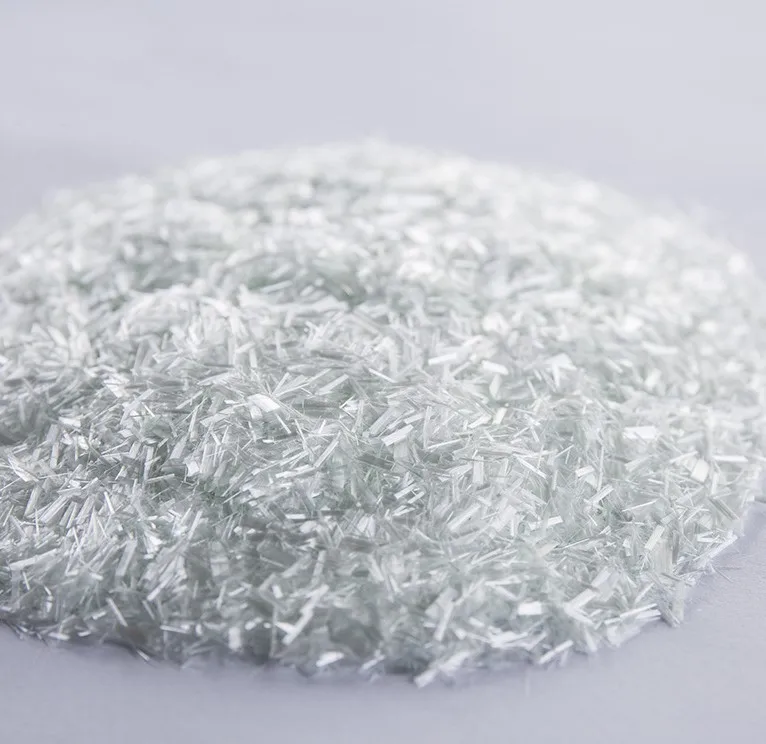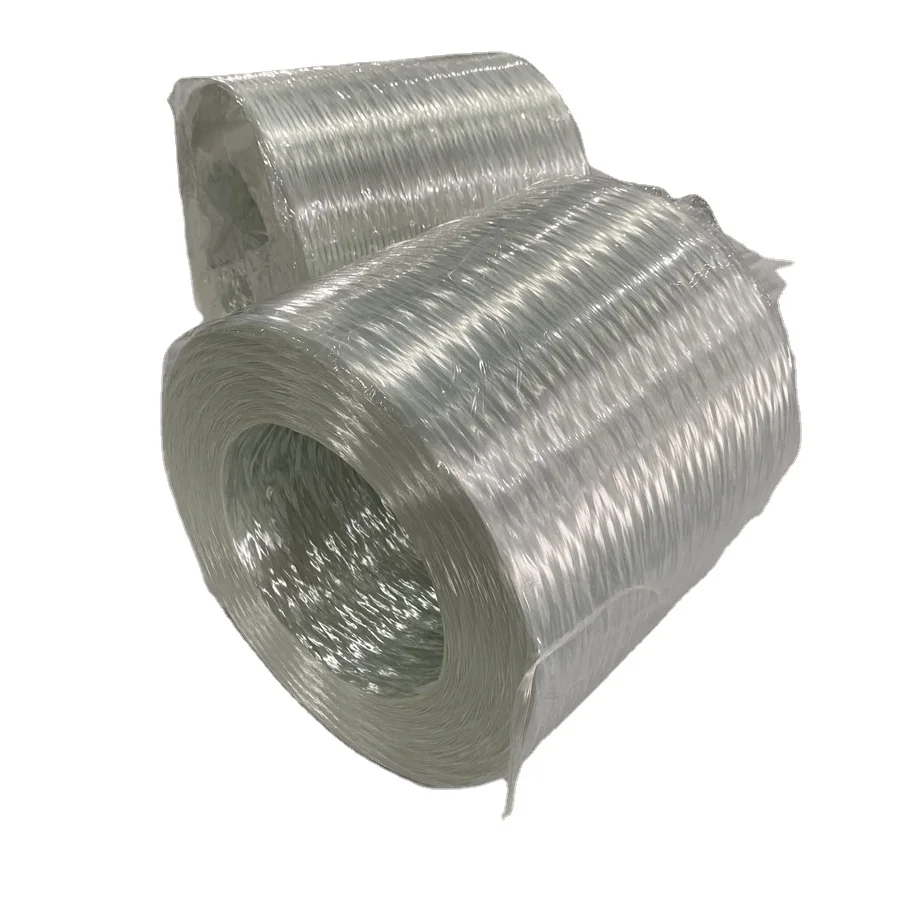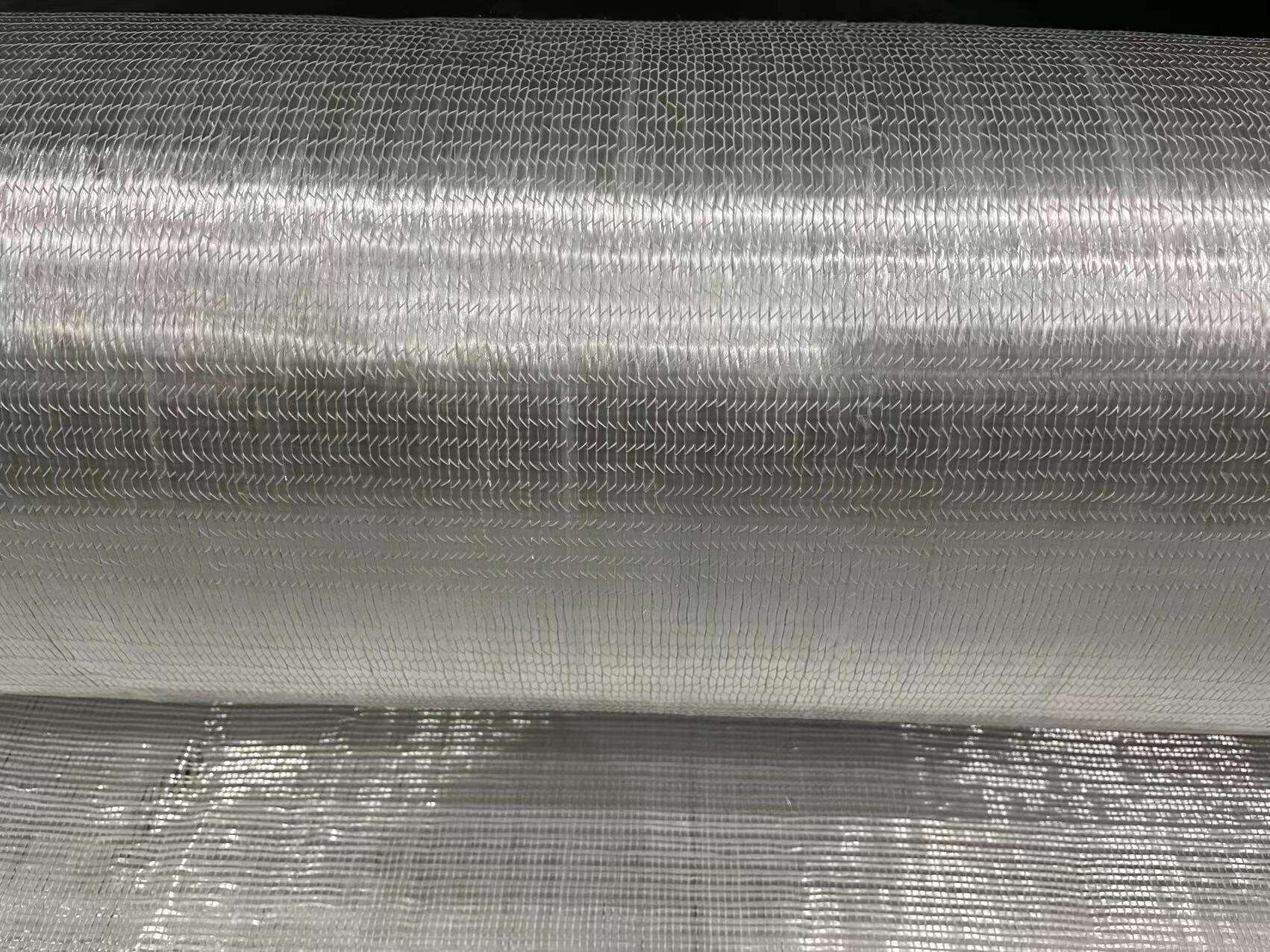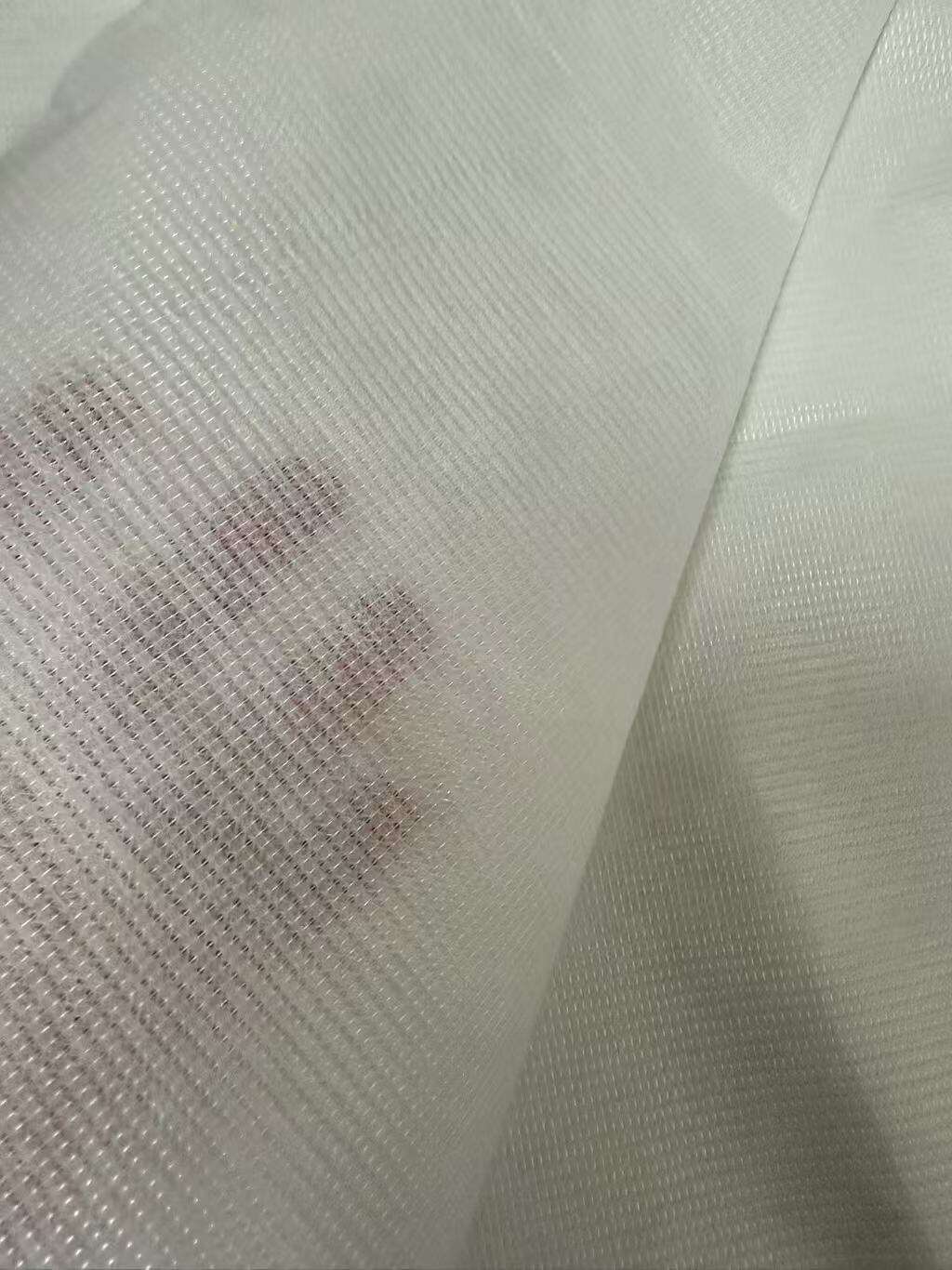
- Overview
- Inquiry
- Related Products
Unlike traditional textiles, it does not require spinning or weaving processes, making it cost-effective and versatile.
Manufacturing Processes:
Common production methods include:
| Type | Process Principle | Characteristics |
|---|---|---|
| Needle-punched Nonwoven | Fibers are mechanically entangled by barbed needles | Thick, durable, breathable |
| Thermal-bonded Nonwoven | Heat rollers melt and bond fibers together | Smooth surface, high strength |
| Spunbond Nonwoven | Polyester granules are melted, spun into filaments, laid into a web, and thermally bonded | Uniform structure, high efficiency |
| Melt-blown Nonwoven | High-speed hot air draws molten polymer into microfibers | Excellent filtration performance |
| Spunlace (Hydroentangled) Nonwoven | High-pressure water jets entangle fibers | Soft texture, lint-free, skin-friendly |
Typical Applications:
| Field | Common Uses |
|---|---|
| Industrial | Filter materials, insulation, automotive interiors, geotextiles |
| Medical & Hygiene | Face masks, gowns, protective clothing, bed covers |
| Home & Daily Use | Upholstery backing, vacuum cleaner bags, wipes, curtains |
| Agriculture | Crop covers, weed control fabric, thermal blankets |
| Packaging | Shopping bags, gift wrapping, protective layers |

 EN
EN
 AR
AR
 BG
BG
 HR
HR
 CS
CS
 DA
DA
 NL
NL
 FI
FI
 FR
FR
 DE
DE
 EL
EL
 HI
HI
 IT
IT
 JA
JA
 KO
KO
 NO
NO
 PL
PL
 PT
PT
 RO
RO
 RU
RU
 ES
ES
 TL
TL
 IW
IW
 ID
ID
 SL
SL
 VI
VI
 SQ
SQ
 TH
TH
 AF
AF
 MS
MS
 HY
HY
 KA
KA
 JW
JW
 LA
LA
 NE
NE
 PA
PA
 MY
MY
 KK
KK
 TG
TG
 UZ
UZ
